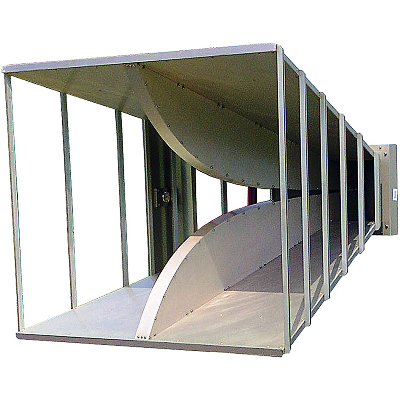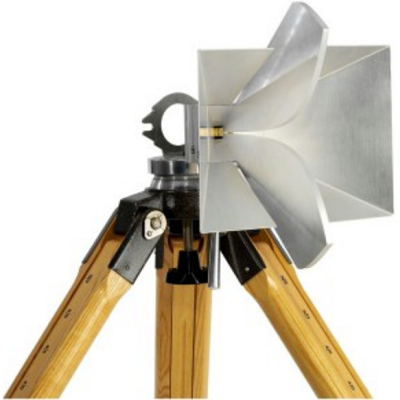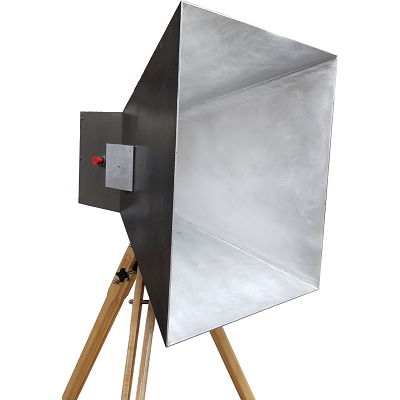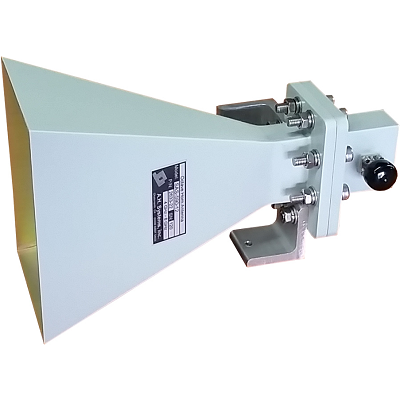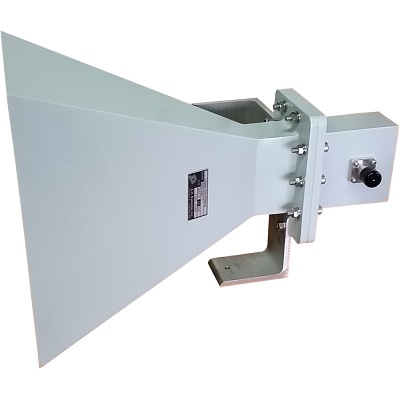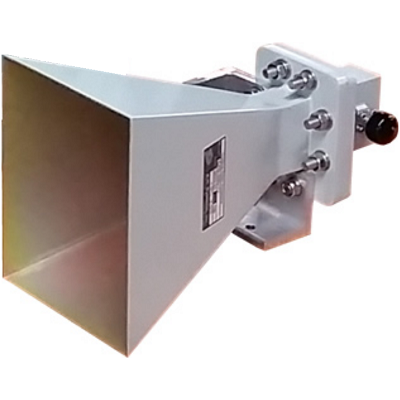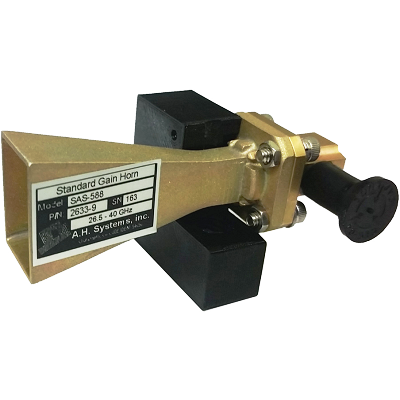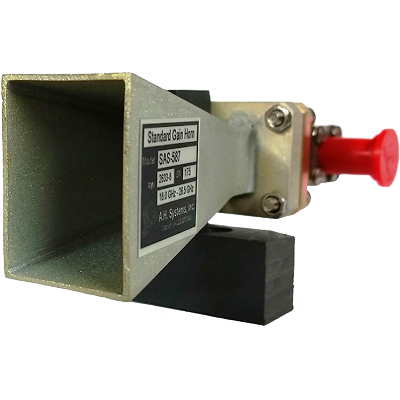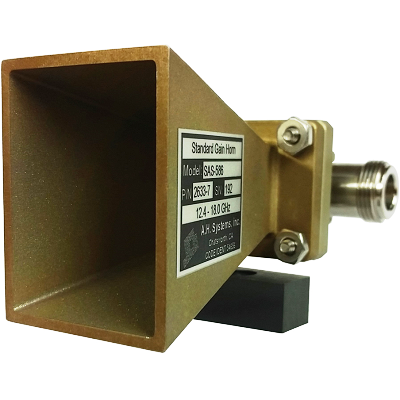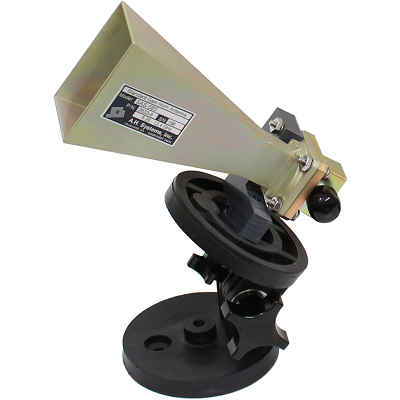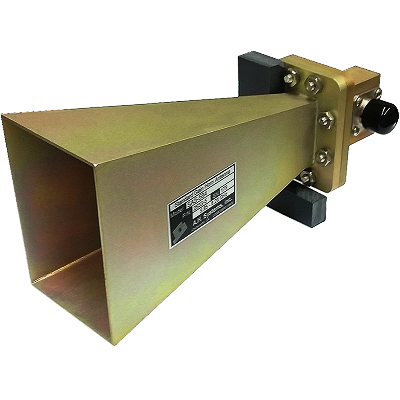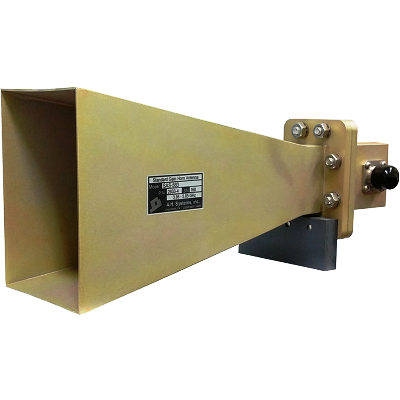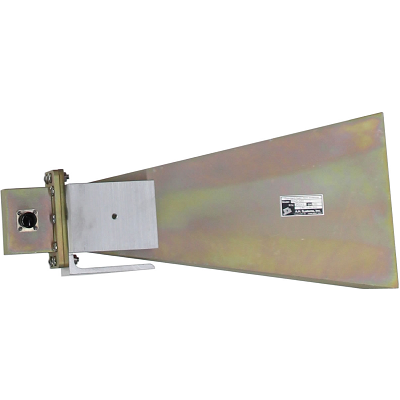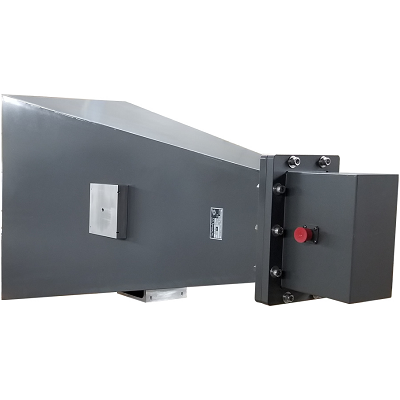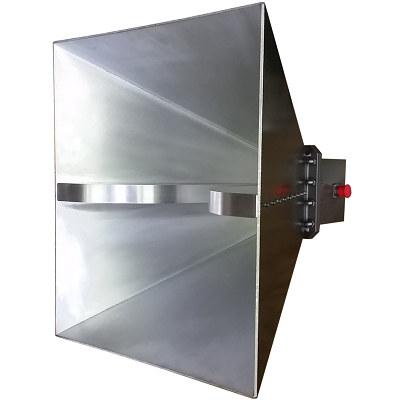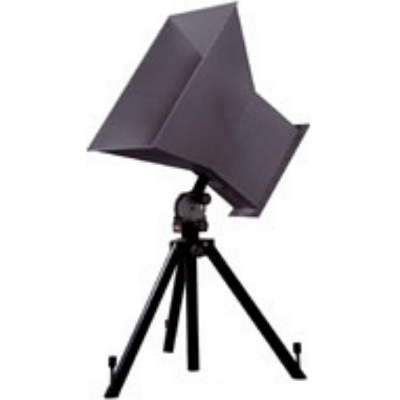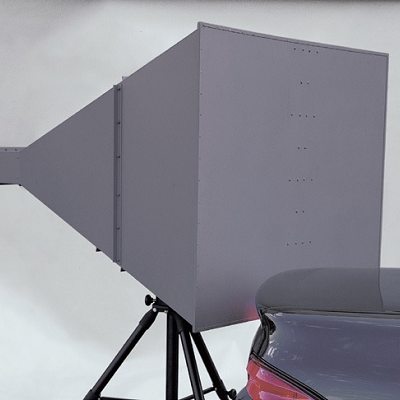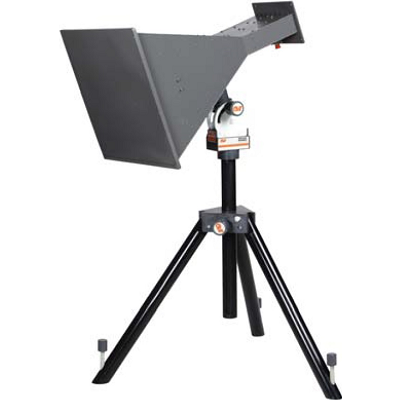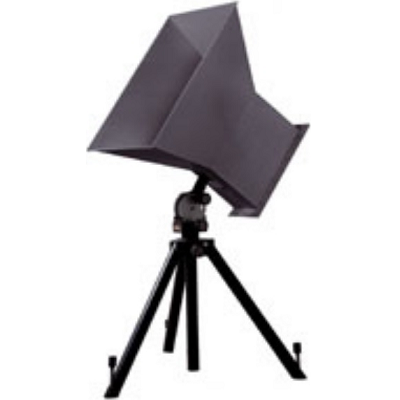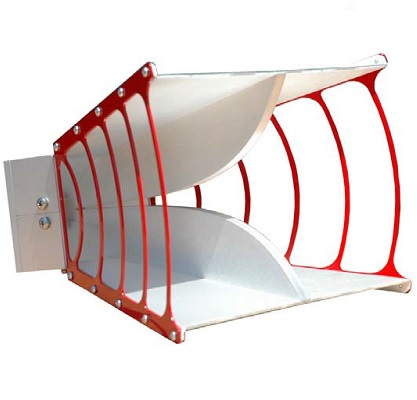
Double Ridge Antennas
A Horn Antenna is an antenna that consists of a flaring metal waveguide shaped like a horn to direct radio waves in a beam. Horns are widely used as antennas at UHF and microwave frequencies, above 300 MHz. They are used as feed antennas (called feed horns) for larger antenna structures such as parabolic antennas, as standard calibration antennas to measure the gain of other antennas, and as directive antennas for such devices as radar guns, automatic door openers, and microwave radiometers. Their advantages are moderate directivity, low standing wave ratio (SWR), broad bandwidth, and simple construction and adjustment. One of the first horn antennas was constructed in 1897 by Indian radio researcher Jagdish Chandra Bose in his pioneering experiments with microwaves. A horn antenna serves the same function for electromagnetic waves that an acoustical horn does for sound waves in a musical instrument such as a trumpet. It provides a gradual transition structure to match the impedance of a tube to the impedance of free space, enabling the waves from the tube to radiate efficiently into space.

